Depictions of Joseph and the Coat of Many Colors
 |
 |
 |
 |
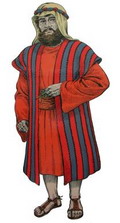 |
 |
Different Tartans



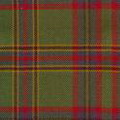





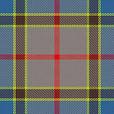



|
The Tartan Coat of Many Colors and Joseph
Continued from Page 1
|
3. Tartan Type Patterns and the Area of
Ancient Israel
The Egyptians depicted groups of people from the area they called Amu. This
region encompassed the Land of Canaan that was later known as Israel. People
from Amu in conventional works are referred to as Semites because they
presumably spoke a Semitic language related to Hebrew. They are identified with
the Ancient Canaanites or Hebrews. We agree with these conclusions only we would
lower the dates attributed to the illustrations in question and heighten the
probability that Israelites rather than Canaanites were the ones depicted.
The pictures below are derived from Egyptian illustrations. They show groups
from the area of Ancient Israel wearing garments that bear tartan-type designs.
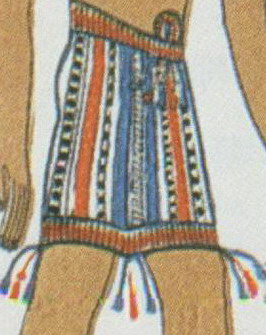
|
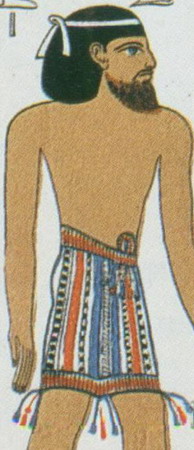
"Hebrew" captive
|
4. David Rohl, Joseph, and Tartan Cloak
An Imagined Statuette of Joseph!
Below are pictures from the cover of "A Test of Time" by David Rohl.
It depicts a reconstructured statue that Rohl claims represents Joseph in Egypt.
He took the remains of an actual statuette from the period and rebuilt it based on his
own expertise. It is therefore NOT AN ACTUAL STATUE but a reconstruction. Rohl has been criticized for the artistic licence he took
in this case. Nevertheless, Rohl is a scholar. He is familiar with the archaeology of Ancient Egypt
and his reconstruction is based on actual finds. He has indeed depicted a red-headed Joseph wearing a tartan-type cloak
but his interpretation may be not far from the reality of Ancient Israel as depicted by the Ancient Egyptians themselves.
The original statue was that of a prominent dignitary (with his own small palace) in Egypt. He was of Israelite or Canaanite origin or at least from the area of Ancient Canaan. He did have red hair and fair skin
and his dress bore a pattern similar to that shown by Rohl. This however is not enough to identify the figure depicted
as Joseph the Patriarch.
We ourselves DO NOT THINK that the statuette represents Joseph but it is interesting that others consider such a possibility
and the statuette has significance in its own right.
We received the following message:
From: Kerry Smith
Re: Joseph's Tomb in Egypt
Date: Mon, 28 Dec 2009 16:21:44 -0600
Hi Yair...
I'm a longtime reader, & enjoy your site/updates.
I just saw your comments re: Joseph & David Rohl's statue.
The BBC did a documentary that interviewed David Rohl about Joseph's tomb in Egypt a few years ago.
I have uploaded the part that covered the statue they found in his tomb to my YouTube page. You are welcome to link to it:
http://www.youtube.com/watch?v=jCPGgTE27Xk
We recommend this clip

|
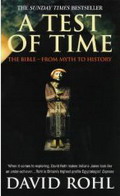
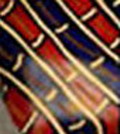
Continued on Page 3
|
|
|













































